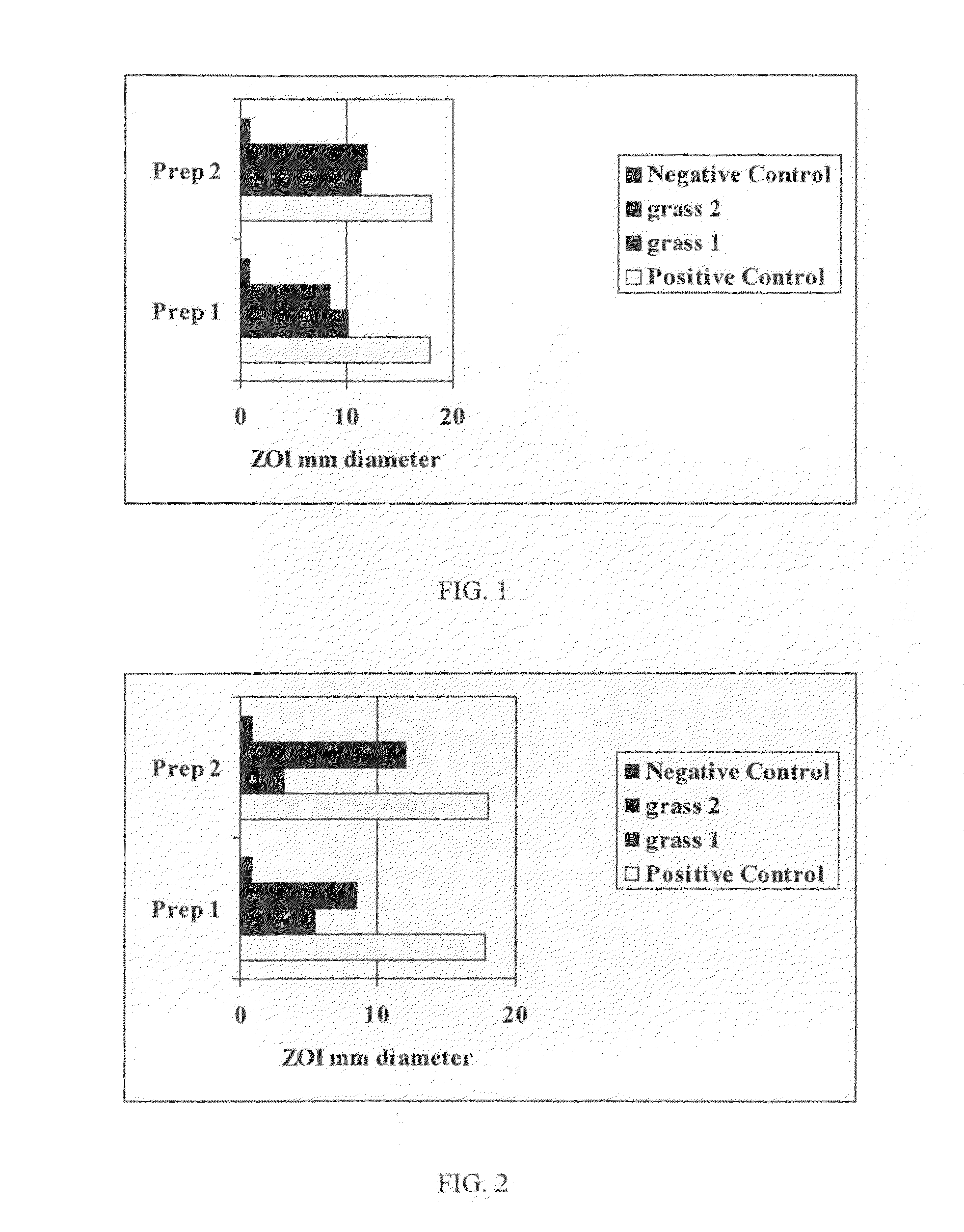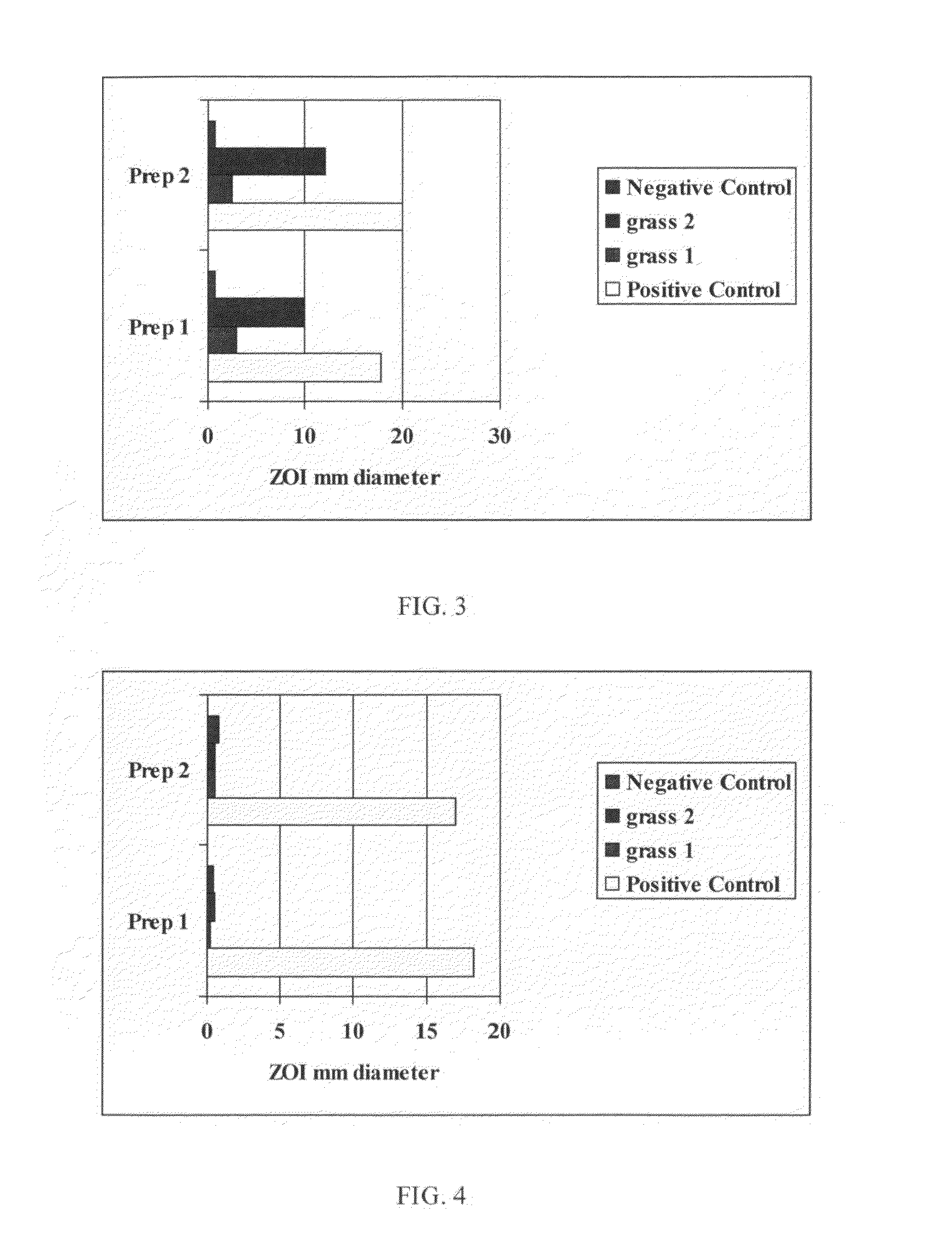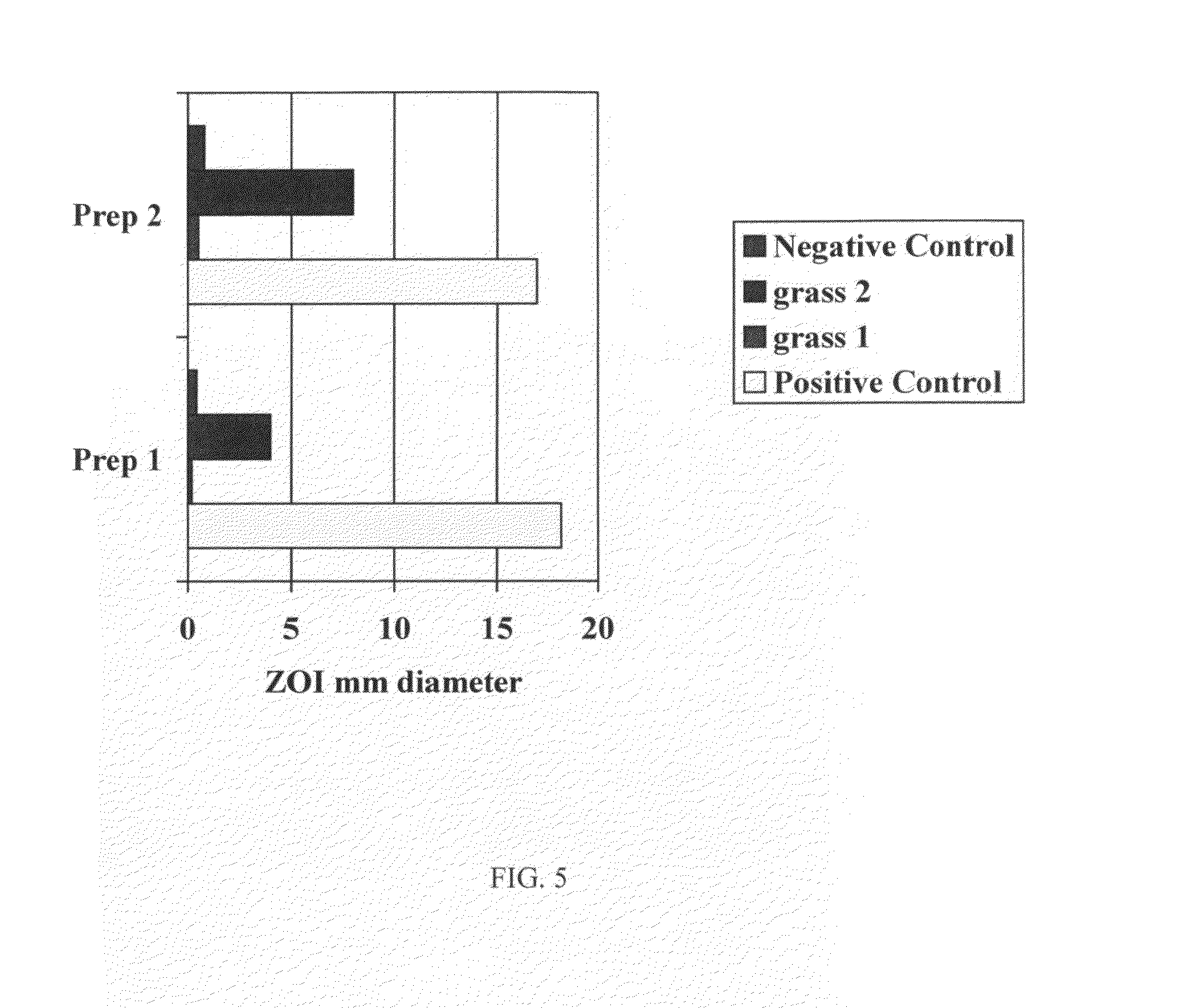Feed supplement for animals for reducing methane production
a technology for reducing methane and supplementation, applied in the field of animal feed and nutrition, can solve the problems of no commercial product in the form of a supplement or concentrate optimized specifically to address methane emission reduction, no commercial product in the form of a supplement or concentrate, and the prohibition of antibiotic use in livestock for human consumption, etc., to achieve the effect of promoting feed efficiency and animal performance, reducing methane production, and increasing propionate in the rumen
- Summary
- Abstract
- Description
- Claims
- Application Information
AI Technical Summary
Benefits of technology
Problems solved by technology
Method used
Image
Examples
examples 1-6
[0047]Samples of dried corn leaves, liquid from fresh corn leaves and liquid from fresh gama grass were obtained, the preparations were all grown and harvested in a manner described in the current invention. The grasses were harvested as immature plants, the liquid was stored at 4 C and the powder processed by air drying and grinding. Two preparations of immature grasses (zea mays; gama grass; liquid) containing compounds of the present invention were tested for antimicrobial activity in an agar well diffusion assay measuring Zone of Inhibition. “Grass 1” was a liquid component of a preparation of zea mays; “Grass 2” was a liquid component of gama grass.
[0048]The agar well diffusion method for determining the antimicrobial susceptibility testing of differing plant extracts was utilized along with the Kirby-Bauer disc diffusion method. The Kirby-Bauer method is employed for quality control purposes and to compare the zone of inhibition size of a standard antimicrobial agent(s) to the...
example 1
[0049]An embodiment of the antibacterial activity of the grass preparations against Staph aureus is illustrated in FIG. 1. As shown, both grass preparations had significant activity against the clinical isolate grain positive Staph aureus 7742, in both test runs.
example 2
[0050]An embodiment of the antibacterial activity of the grass preparations against Staph aureus ATCC 25923 is illustrated in FIG. 2. As shown, both grass preparations had activity against the ATCC 25923 gram positive Staph Aureus, in both test runs. The gama grass preparation (grass 2) demonstrated a stronger effect against this organism, compared with the zea mays (grass 1) preparation.
PUM
 Login to View More
Login to View More Abstract
Description
Claims
Application Information
 Login to View More
Login to View More - R&D
- Intellectual Property
- Life Sciences
- Materials
- Tech Scout
- Unparalleled Data Quality
- Higher Quality Content
- 60% Fewer Hallucinations
Browse by: Latest US Patents, China's latest patents, Technical Efficacy Thesaurus, Application Domain, Technology Topic, Popular Technical Reports.
© 2025 PatSnap. All rights reserved.Legal|Privacy policy|Modern Slavery Act Transparency Statement|Sitemap|About US| Contact US: help@patsnap.com



